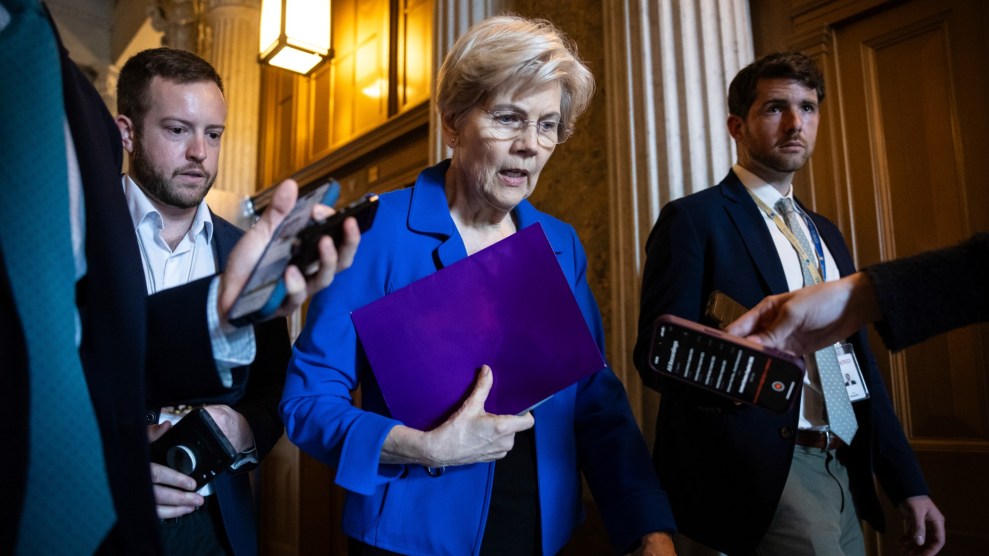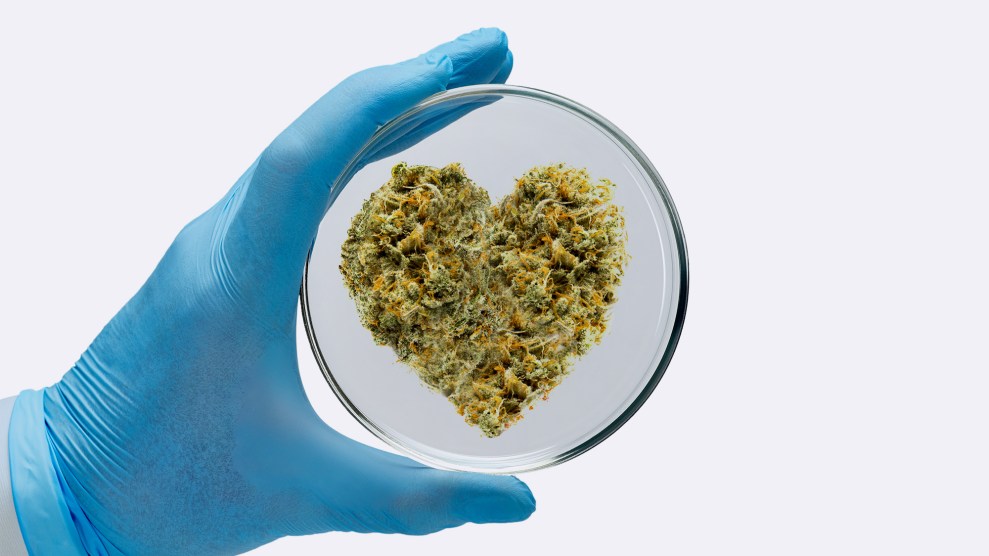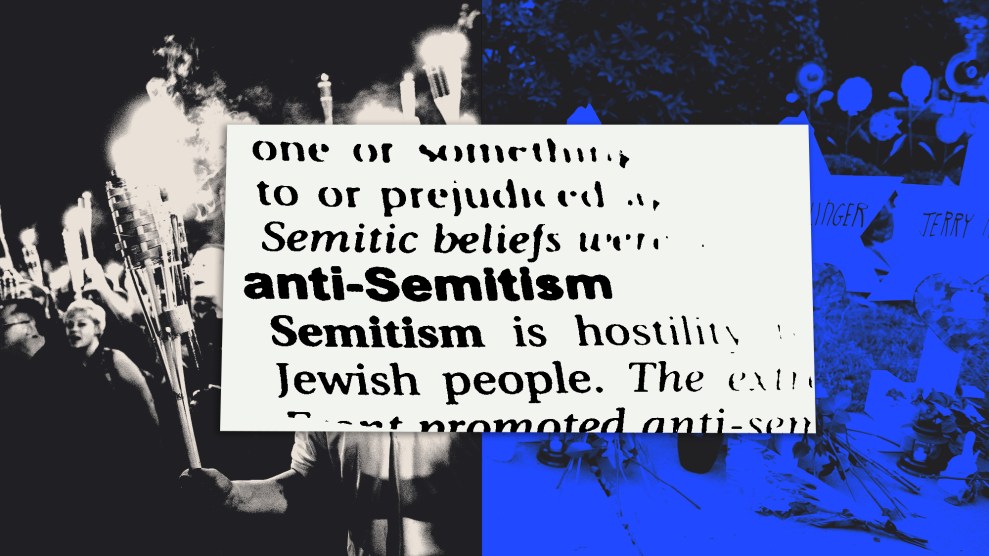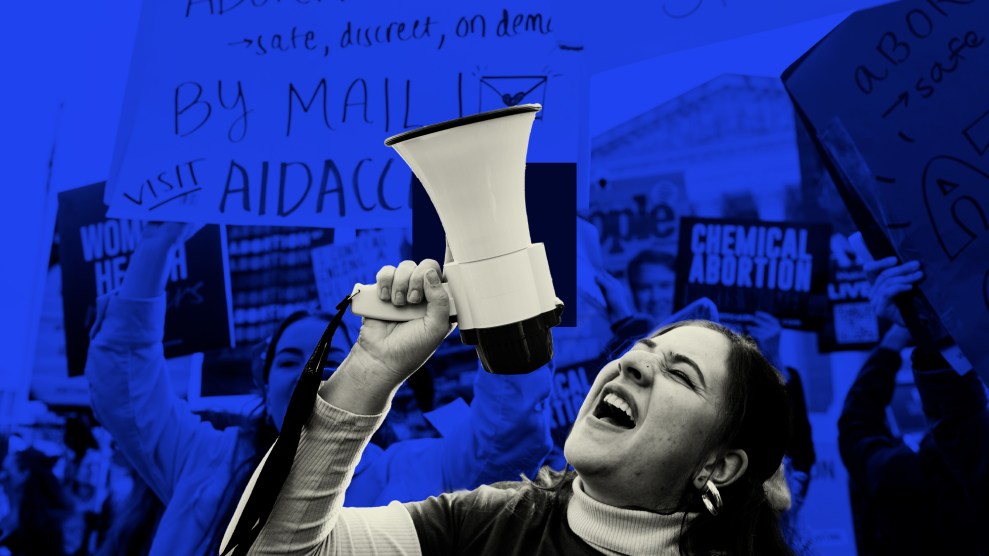According to Chinese authorities, here are the number of COVID-19 cases in the city of Wuhan, where the outbreak started:
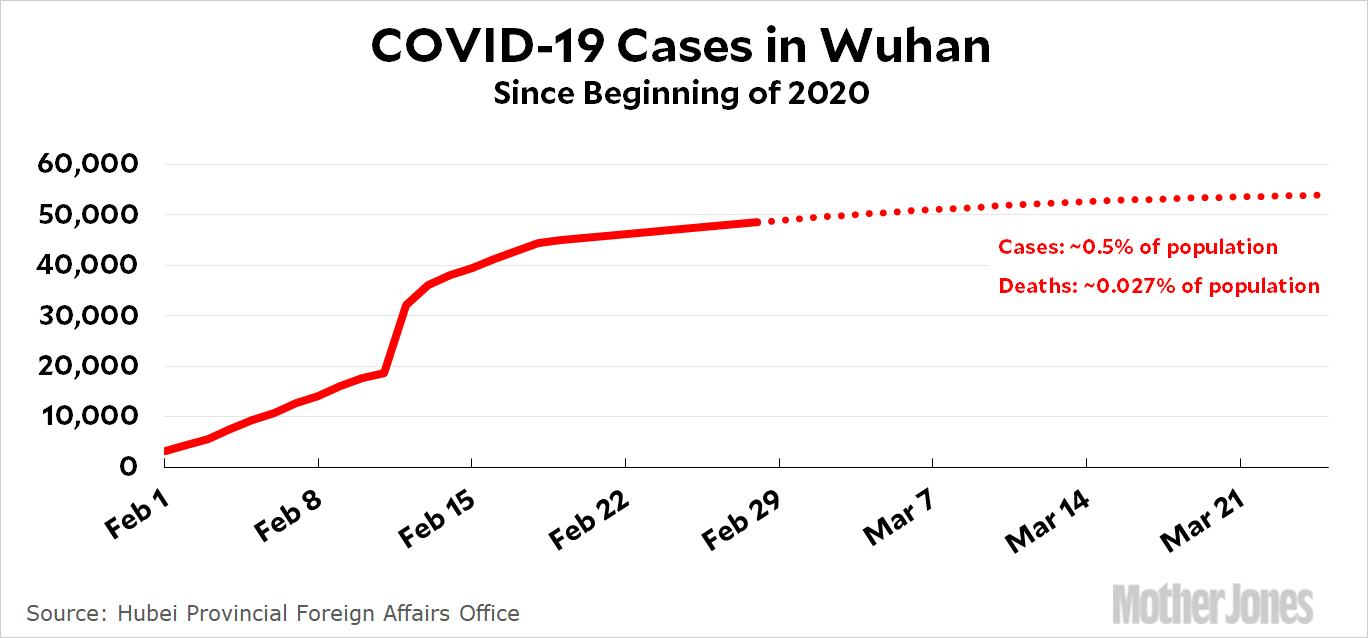
If these numbers are to be believed, the number of new cases is starting to level out and looks unlikely to ever pass 55,000. That’s about 0.5 percent of Wuhan’s population of 11 million.
Now, as near as I can tell, the virus spreads far more widely in urban areas than in rural areas. If COVID-19 were to spread in American cities the same way it did in Wuhan, that would suggest maybe 1.5 million infections and 70,000 deaths, mostly concentrated among those over 60. But that’s almost certainly way too high. Wuhan is something of a worst-case scenario, after all: it was the first place hit; nobody knew what to do at first; and it quickly grew beyond the ability of the Chinese medical system to handle. Even in China, nearly all the victims have been in Wuhan, and it seems unlikely that any other city will ever reach the infection rate they’ve suffered.
Given all this, it seems very unlikely that American infections will ever surpass 1 million or that deaths will surpass 40,000—at most. This compares to the estimated 34,000 deaths from flu last year and 61,000 the year before. In other words, every time you go out shopping you’re already taking a bigger risk of dying from the flu than you’ll ever have from COVID-19.
So here’s my question: I understand that no professional would ever whomp up a prediction like this and make it public. It’s the flimsiest kind of horseback guess and shouldn’t be taken seriously by anyone. What’s more, COVID-19 is still new: we don’t have good data about the infection rate and it’s not clear how reliable the Chinese data is. Still, surely epidemiologists have estimates that they’ve passed around privately. Are they anywhere near mine? Like, even within an order of magnitude? I realize that keeping people scared is a good way of ensuring behavior that will keep infections down, but is that the only reason? Or are professionals genuinely more scared than I am?







